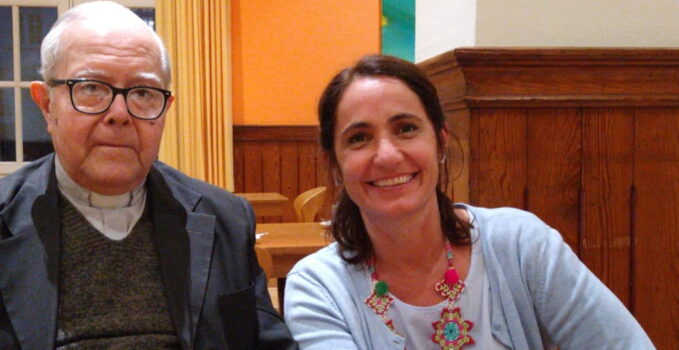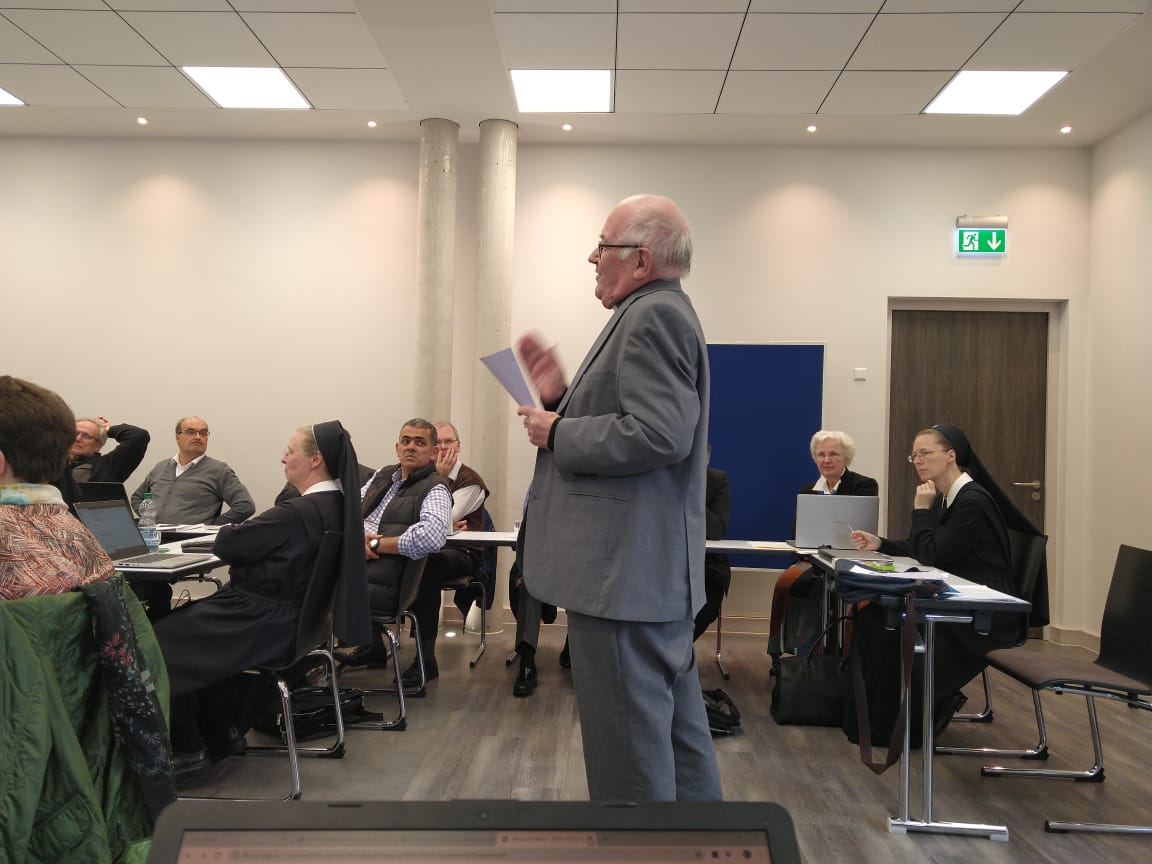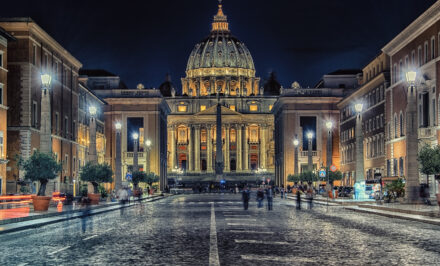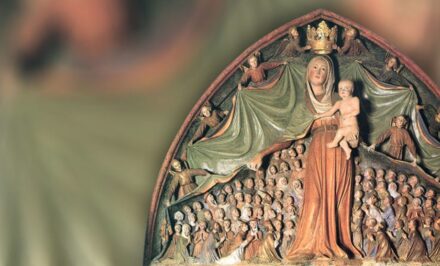CHILE, Ignacio Serrano del Pozo •
The Theological Congress”Federative, Decentralization and Synodal,” as a form to reflect on the 100 years of Hoerde and the federative structure of the Schoenstatt Movement, took place in Vallendar, Germany in October of 2019. One of the main invitees to this event was the Jesuit thinker, Fr. Juan Carlos Scannone, who since his Theology of the People has significantly influenced Pope Francis who was one of his students. Last November 27th, we heard the sad news of the death of the renowned Argentine theologian. This conference was one of his last public presentations. —
We give to the www.schoenstatt.org readers an extract of the rich lecture by Fr. Scannone which – furthermore – begins with a recollection of his participation in the 1985 conference dedicated to the 100 years of the birth of Father Kentenich.
Professor Dr. Juan Carlos Scannone, SJ
The Church: people of God with many faces, inculturation of the Gospel and decentralization of the Church
In 1985, I had the pleasure of participating – here in Vallendar – in a conference honoring Father Kentenich. During this conference, my friend, Fr. Joaquín Alliende, had me visit the differenct hills and explained to me the federative configuration (layout) of the Schoenstatt Movement. My impression was that I found myself before a communion of practically all of the vocations and missions of the Church, as in miniature, the province of the Schoenstatt Sisters of Mary, dedicated to the contemplative life. There were secular institutes of consecrated persons and consecrated persons of different types, the Schoenstatt Fathers, the Schoenstatt Sisters of Mary and the Schoenstatt Brothers, diocesan priests, celibate men and women who live in community or in their families, families (married persons) etc., from a more central nucleus to different concentric (having the same center) circles – that is – from said institutes to federations, leagues and a great number of sympathizers and pilgrims. Contemplating this Movement today, from the pontificate of Francis, I see it as a prognostication of much of what he proposes for the Church and moreso for the world: kenotic incarnation (in our case, of the Gospel), communion in multiformity, decentralization in unity, synodal.
This Congress takes place under a motto which evokes the New Covenant (bund) of God with us and among us in God, specified as an example (Bei-Spiel) in the Apostolic Covenant of Schoenstatt and wishes to deepen in its historical and theological roots.
It is my task to deepen the theological fundamentals of three traits of the Church emphasized today by Pope Francis and symbolically mirrored in the free federative organization of Schoenstatt, that is to say: 1) to be one people with many faces, 2) the corresponding inculturation of the Gospel, and 3) the consequent decentralization in synodal communion. Each part of my explanation will be dedicated to one of these three essential characteristics of the Church which in this pontificate have been more relevant to the present times. […..]
De-centralization of the Church in synodal communion
According to the Cardinal of Havanna, the discourse he gave in the previous meeting of the conclave was decisive for the papal election of Bergoglio in which he not only had criticized all self-referencing of the the Church but proposed a Church on the way, in pastoral conversion, evangelizing, missionary, following the line already traced by the Council and promoted by Aparecida. One way of characterizing it is with the noun “de-centralization.” Francis himself, in Evangelii Gaudium, speaking of the “conversion of the papacy” (EG 32), affirms: “An excessive centralization, more than helpful, complicates the life of the Church and her dynamic missionariness” (ibid.), as he had experienced it himself as the head of a particular church and of an episcopal conference.
But the context in which that term is used, decentralization must be interpreted not as contradictory of communion and synodal, but as its complement in reciprocal potential. […..]
The model of the polyhedron
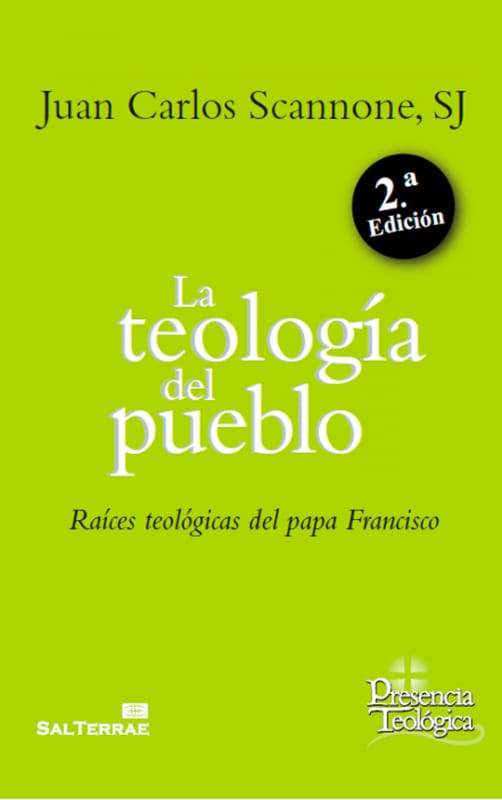 Pope Francis likes to use metaphors of his own coinage to speak of the Church: Hospital campaign, polyhedron, without-composition (to walk together), inverted pyramid, etc. These last three expressions are in opposition both in uniformity as in fragmentation and they diagram the unity in the difference according to their Trinitarian roots and their incarnation structure.
Pope Francis likes to use metaphors of his own coinage to speak of the Church: Hospital campaign, polyhedron, without-composition (to walk together), inverted pyramid, etc. These last three expressions are in opposition both in uniformity as in fragmentation and they diagram the unity in the difference according to their Trinitarian roots and their incarnation structure.
Thus it is that the Holy Father, when referring to the Church-faithful people of God, to each nation on earth and the globalization of the peoples, uses the image of the polyhedron (EG 236). So, when he applies to these three cases the principle “the all is more than the part and also is more than the sum of them” (EG 235), he affirms:
“The model is not the sphere (globe), which is not superior to the parts, where each point is equidistant to the center and there are no differences between some and the others. The model is the polyhedron which reflects the confluence of all the biases which in itself they conserve their originality.” (EG 236)
Consequently, it not only rejects a perfect figure centered in itself, like that of the sphere (globe), but which that of the polyhedron refers to a superior and multiform unity in which the diversities and polar oppositions keep and increase their own specific value. According to the cases, it is applied to the singular persons within the community of a people; to the different peoples in a respectful globalization of the same; and to the People of God, with the diversity of its charisms and missions, incarnated in different cultures in intercultural dialogue.
But, since it is about a process on the way in history, it completes this statistical figure of the polyhedron, of the synod, a word whose meaning is “walking together;” in Greek “hodos” means “way” and “syn” means “with.” In that walking together, sometimes the pastor goes ahead of the flock and others, amidst the same or behind (cf EG 31). And it is the entire peoples which walks: pastors, male and female religious, male and female laity, elderly, adults, youths and children, each one with his/her own vocation, mission and function for the common good of the entire Church and humanity to which they serve. From there, the synods from both universal and local levels characterize and should characterize the Church, especially, the Church of the future. […..]
The Church as an inverted pyramid
Another image used by Francis completesthe previous figures: that of the inverted pyramid, congruent with what has been said about the reciprocal communion between “all,” “some” and “one.” The base – which is above – if the Faithful People of God in their laity; and the Pastor, beginning with the universal Pastor, constitutes its vertex, placed at the bottom because like Christ, when he washed the feel of the apostles, occupies the humble position of who is at the service of his children and his brothers: already said in the papal denomination as servus servorum Dei (servant of the servants of God). […..]
In an analogous form, both each particular Church or diocese, as each parish, should also be shaped like inverted pyramids with the respective pastor as its inferior vertex at the service of the synodality in love. […..]
The pastoral putting into practice of the decentralized of self kenosis (emptying) of the ecclesial synodality and of its model in the figure of the polyhedron dynamically understood should be demonstrated in a pastoral ministry of conjunction. To more than 50 years since the Second General Conference of Latin American Bishops in Medellin, we can say that – in general – on our continent, according to the regions and confines, there has been advancement on this point, but there is still much to be achieved in what was advocated in said Conference inits document on the topic. […..]
With everything, we should still – according to my opinion – fully fulfill in all our America what said document promoted. Be it known that the basic Christian communities be the “first and fundamental ecclesial nucleus, “initial cell(s) of ecclesial structure,” “focus of evangelization” and “present fundamental factor(s) of human promotion and development” (Medellin 10); thus the parishes should be a “living pastoral conjunction and unifier of the basic Christian communities” (Medellin 13). It is the mission of the parishes to bring “to unity all the diversities which are found in them and insert them into the universality of the Church” (Medellin 13).
This is how the document asks that communion be lived from the basic communities, passing through the parishes, the dioceses, to the episcopal Conferences, CELAM and the universal Church, prognosticating the present desire of Francis for a synodal Church whose pastoral ministry also be synodal, or in conjunction, according to the image of the Trinity.
But it can be achieved when each one and each group decentralizes, dying to its own “self love, wanting and interest,” in order to resurrect to a decentralized life which can revive the communion in the differences of an each time new Pentecost.
Header photo: Fr. Juan Carlos Scannone SJ, with Cecilia Sturla, Argentinean Philosophy professor, member of the Schoenstatt Institute of Families
Original: Spanish, December 18, 2019. Translation: Carlos Cantú, Austin, Texas USA


